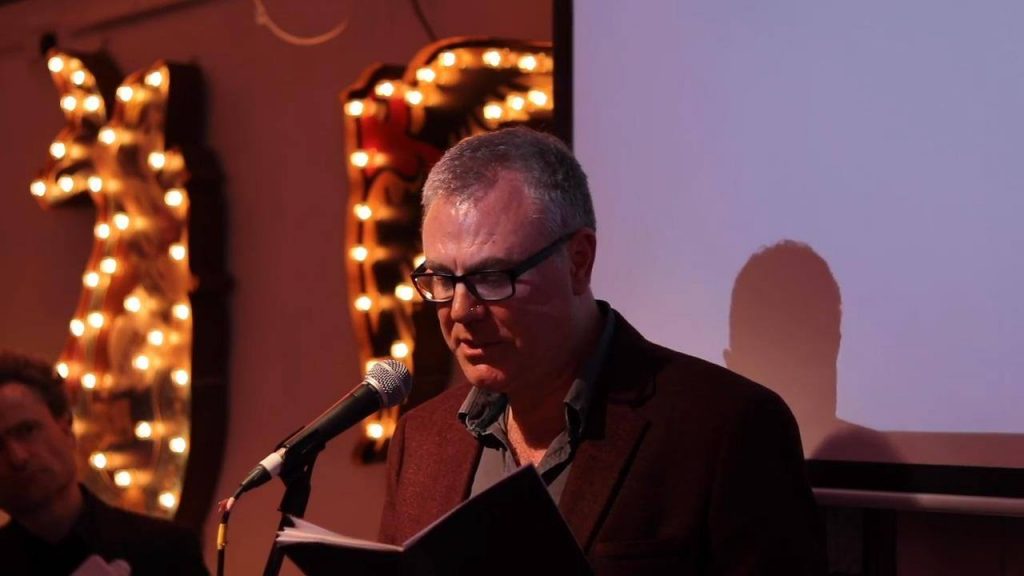I’m pleased to have been asked to contribute to this event looking at Social Robots for Health and Well-being in Ageing Societies; I’ll be reading and discussing my story, Eating Robots.
“This interdisciplinary workshop develops a critical approach to the research and development of social robots for health and well-being. […] The workshop brings perspectives from HRI, STS, Age Studies, and neighboring fields into conversation to develop aspects of an agenda for more reflective, holistic and appropriate development of social robots for older adults in ageing societies.”
The event is organised by Andreas Bischof and Sanna Kuoppamäki (members of the socio-gerontechnology network)



